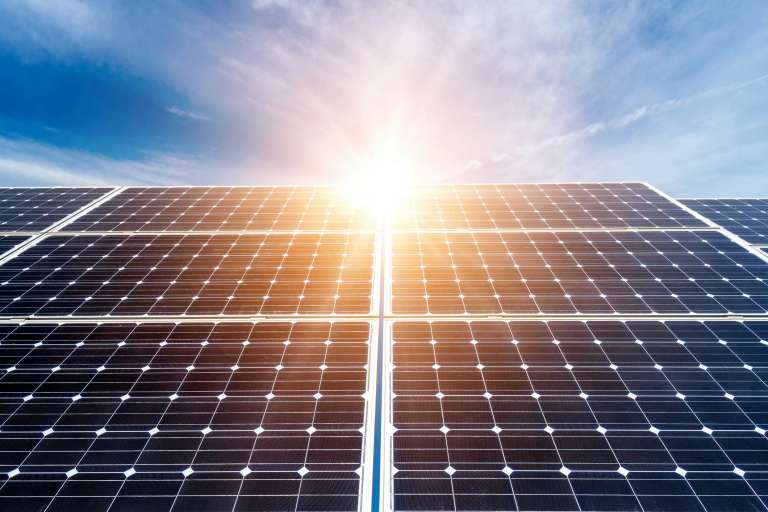
A photovoltaic system is composed of panels capable of exploiting sunlight to produce electricity to be consumed, stored or powered by systems such as photovoltaic pumps for wells etc. These elements are formed by a set of photovoltaic cells, basic components of each panel. A photovoltaic panel is a special module that uses the energy naturally produced by the sun to produce electricity. It is a rectangular panel composed of several assembled modules.
Inside each module there are photovoltaic cells capable of transforming sunlight into energy. The panel is generally made of crystalline silicon, but the technology of solar installers Brisbane is studying other materials and further possibilities to further improve its efficiency. The cells, in turn, are made of semiconductor material, silicon. The in-depth study of this technology has led to the creation of different types of performance and utility.
Monocrystalline panels
Monocrystalline are characterized by numerous cells placed side by side distributed homogeneously, usually they are provided with a glass plate that protects against atmospheric agents. Monocrystalline panels make between 15% and 17%, the best yield occurs when they are in direct sunlight, allow to obtain excellent performance and more power per square meter compared to their peers. They take up less space than polycrystalline panels but tend to cost a little more.
Polycrystalline panels
Polycrystalline photovoltaic panels, also called photovoltaic panels in multicrystalline silicon, together with monocrystalline panels are among the most widespread on Italian roofs. These are also made of silicon, the difference is only in the production process. This type of panel can achieve an efficiency between 14% and 16% and, like monocrystalline, remain presumably unchanged for about 25 years. Variations may occur when a shadow covers part of the panel. The performances are considered good.
Thin film panels
As the name suggests, these are photovoltaic panels characterized by their thin thickness. In principle they are cheaper as there is less use of material and consequently production costs fall. Also the efficiency is lower compared to the mono and polycrystalline ones. The film is made with amorphous silicon and the efficiency is between 8% and 12%, the performances can improve if in diffused light conditions, if oriented directly towards the sun or in the presence of particularly high temperatures.
The size of the solar panels Toowoomba to be installed depends directly on the quantity of energy to be produced. The difference between the three variants mostly depends on efficiency and this consists in the relationship between production and occupied area. Thin-film panels are currently less efficient in terms of efficiency, although they offer better performance in conditions of high temperature or low light.
The Module Efficiency or Energy Yield
The energy yield or Module Efficiency of a photovoltaic panel is presented by the manufacturer according to calculations made under standard conditions. This means an irradiation of 1000W per square meter of surface and a temperature of 25 °, with a spectral distribution of 1.5.
In reality the energy yield is not simply measurable. The latitude of installation, the inclination and orientation of the panels themselves, the operating temperature, the cleaning of the system and the irradiation contribute to the best performance.